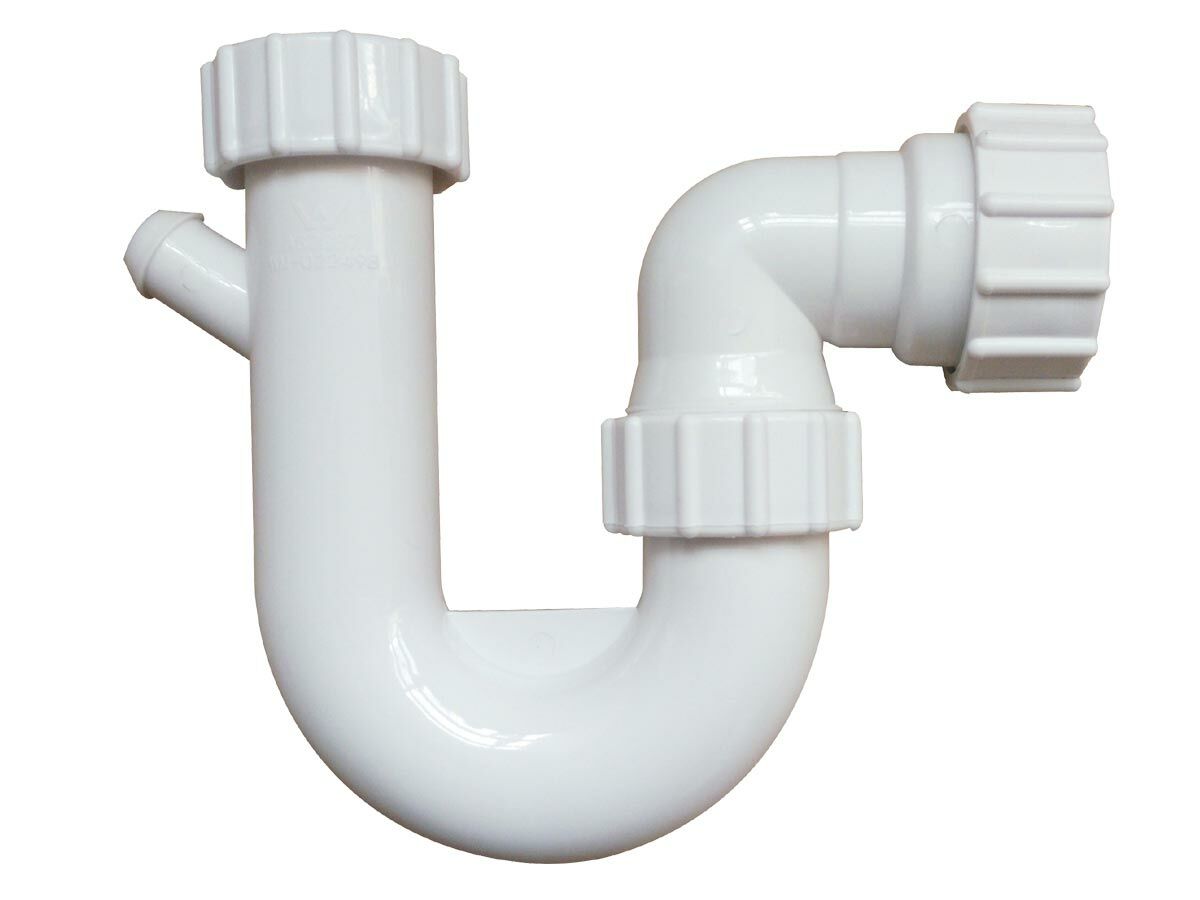

Articles
What Is P Trap In Plumbing
Modified: March 1, 2024
Learn about the purpose and function of a P trap in plumbing. Our articles provide valuable insights and tips to help you understand this crucial plumbing component.
(Many of the links in this article redirect to a specific reviewed product. Your purchase of these products through affiliate links helps to generate commission for Storables.com, at no extra cost. Learn more)
Introduction
In the world of plumbing, there are numerous components and systems that help to ensure the smooth functioning of our water supply and drainage. One such essential component is the P trap. Despite its simple appearance, the P trap plays a crucial role in preventing unpleasant odors from entering our homes and maintaining a healthy and hygienic living environment.
In this article, we will explore what a P trap is, its purpose in the plumbing system, how it works, and why it is vital to have a properly functioning P trap in place. We will also discuss common issues that can arise with P traps and provide tips for their maintenance and troubleshooting.
So, if you’re curious to learn more about this important plumbing component, let’s dive in!
Key Takeaways:
- P traps are essential for preventing toxic sewer gases from entering living spaces, controlling odors, and maintaining proper drainage. Regular maintenance and inspection are crucial for optimal performance and a healthy environment.
- Properly functioning P traps contribute to a hygienic living environment by preventing backflow, clogs, and unpleasant odors. Understanding their role and implementing maintenance practices ensures long-term protection against plumbing issues.
Read more: What Is A Trap In Plumbing
Definition of P Trap
In plumbing terminology, a P trap is a curved pipe that resembles the letter “P” when viewed from the side. It is a vital component of the drainage system and is typically installed beneath sinks, showers, and toilets to prevent sewer gases from entering the living space.
The P trap features a U-shaped bend that holds a small amount of water, forming a barrier between the plumbing fixture and the sewer line. This water seal effectively blocks any foul odors that may arise from the sewer, creating a barrier of protection against unpleasant smells.
The name “P trap” is derived from its distinct shape, as the horizontal pipe extends vertically to connect directly to the drainpipe, resembling the shape of the letter “P” when viewed from the side. This characteristic bend in the pipe also helps to prevent debris and wastewater from flowing back into the fixture, ensuring proper drainage.
P traps are typically constructed from durable materials such as PVC (polyvinyl chloride), ABS (acrylonitrile butadiene styrene), or metal, depending on the specific plumbing system and building codes. They are designed to be leak-proof and withstand the pressures and temperatures associated with everyday plumbing usage.
Now that we understand the basic definition of a P trap, let’s explore its purpose in more detail.
Purpose of a P Trap
The primary purpose of a P trap in a plumbing system is to prevent sewer gases from entering the living or working space. These gases, including methane, hydrogen sulfide, and ammonia, are toxic and can pose serious health risks if inhaled in high concentrations.
To achieve this, the P trap creates a water seal or barrier by trapping a small amount of water in its U-shaped bend. This water seal effectively blocks the passage of sewer gases from the drainage system and creates a barrier between the plumbing fixture and the sewer line.
Additionally, the P trap also serves as a crucial component in preventing clogs and maintaining proper drainage. The U-shaped bend of the trap captures debris, such as hair, food particles, and soap scum, preventing them from flowing into the main sewer line. This helps to prevent blockages and reduces the risk of plumbing backups and overflows.
Furthermore, the design of the P trap allows for the easy removal of objects that accidentally fall into the sink or drain. By removing the curved section of the trap, objects like rings or small utensils can be retrieved without the need to dismantle the entire plumbing system.
Overall, the primary purposes of a P trap can be summarized as:
- Preventing the entry of toxic sewer gases into the living or working space
- Creating a water seal to block sewer gas passage
- Preventing clogs and maintaining proper drainage
- Allowing for easy retrieval of objects that may accidentally fall into the plumbing fixture
Now that we understand the purpose of a P trap, let’s delve into how it works to fulfill its intended functions.
How a P Trap Works
A P trap works based on the principles of gravity and the creation of a water seal. When water flows through a P trap, it enters the curved section of the trap and fills it with water. This water forms a barrier that prevents sewer gases from traveling back up into the plumbing fixture.
Here’s a step-by-step breakdown of how a P trap works:
- Water enters the plumbing fixture, such as a sink or shower drain.
- As the water flows down the drain, it enters the P trap.
- The water accumulates in the U-shaped bend of the P trap, forming a water seal.
- This water seal acts as a barrier, preventing sewer gases from passing through the trap and entering the living or working space.
- The water then continues to flow down the drainpipe, eventually reaching the main sewer line.
The depth of the water seal is crucial for the effectiveness of the P trap. If the water seal is too shallow, it may allow small amounts of sewer gas to pass through. On the other hand, if the water seal is too deep, it may impede the flow of water and cause drainage issues.
In addition to blocking sewer gases, the U-shaped bend of the P trap also helps to trap debris and prevent it from flowing further into the plumbing system. The curved section of the trap allows solid materials to settle, while allowing liquid to pass through efficiently. This helps to prevent clogs and promotes smooth drainage.
It’s important to note that a P trap requires regular maintenance to function properly. Over time, the water in the trap can evaporate, potentially allowing sewer gases to enter the living space. Therefore, it is advisable to run water through the plumbing fixture periodically to replenish the water seal and maintain the trap’s effectiveness.
Now that we understand how a P trap works, let’s explore the importance of having a properly functioning P trap in plumbing systems.
Make sure to regularly clean and maintain your P-trap to prevent clogs and odors in your plumbing system. You can use a mixture of baking soda and vinegar to keep it clear and fresh.
Importance of a P Trap in Plumbing Systems
A properly functioning P trap is essential for maintaining a healthy and hygienic living environment. Let’s explore the key importance of a P trap in plumbing systems:
1. Preventing Sewer Gases: The most significant role of a P trap is to block sewer gases from entering the living or working space. Sewer gases contain toxic substances like methane and hydrogen sulfide, which can be harmful if inhaled in high concentrations. A well-maintained P trap creates a water seal that acts as a barrier, keeping these noxious gases from entering your home.
2. Odor Control: By preventing sewer gases from entering, a P trap effectively helps control unpleasant odors in your bathroom or kitchen. The water seal in the U-shaped bend traps any foul-smelling gases, preventing them from permeating your living space and creating an unpleasant environment.
3. Preventing Backflow: The U-shaped bend in a P trap also acts as a barrier against backflow. When there is a sudden surge of water or a blockage downstream, such as in the main sewer line, the P trap prevents wastewater from flowing back into the plumbing fixture. This protects your sink, shower, or toilet from overflows and potential water damage.
4. Clog Prevention: Another vital function of a P trap is to trap debris and prevent it from flowing further into the plumbing system. The U-shaped bend captures solid materials like hair, food particles, and soap scum, preventing them from causing clogs and blockages in the drainpipe and main sewer line. Regular cleaning and maintenance of the P trap can help keep your drainage system flowing smoothly.
5. Easy Retrieval of Objects: The design of a P trap allows for easy retrieval of objects that may accidentally fall into the plumbing fixture. By removing the curved section of the trap, lost items like rings or small utensils can be retrieved without the need to dismantle the entire plumbing system. This saves time, money, and inconvenience.
In summary, a properly functioning P trap is crucial for preventing sewer gases, controlling odors, preventing backflow and clogs, and allowing for easy retrieval of objects. Regular maintenance and inspection of the P trap can help ensure its effectiveness and contribute to a healthy and efficient plumbing system.
Next, we will address some common issues that can arise with P traps and provide tips for their maintenance and troubleshooting.
Read more: What Is The P-Trap Under The Sink
Common Issues with P Traps
While P traps are essential components in plumbing systems, they can experience certain issues over time. Let’s explore some common issues that may arise with P traps:
1. Evaporation of the Water Seal: One of the main issues with P traps is the evaporation of the water seal. If a plumbing fixture is not used regularly, the water in the trap can evaporate, breaking the seal and allowing sewer gases to enter the living space. This can result in unpleasant odors. To prevent this, it’s important to run water through unused drains periodically to replenish the water seal.
2. Clogs and Blockages: P traps can become clogged over time due to the accumulation of debris like hair, food particles, grease, and soap scum. These blockages can hinder proper drainage, cause backups, and even lead to unpleasant odors. Regular cleaning and maintenance of the P trap can help prevent clogs and ensure smooth water flow.
3. Leaks: P traps may develop leaks due to issues such as cracked pipes, loose fittings, or worn-out seals. Leaks can lead to water damage, mold growth, and structural issues if left unaddressed. Regular inspection of the P trap and prompt repairs can help prevent leaks and preserve the integrity of the plumbing system.
4. Improper Installation: Incorrect installation of P traps can lead to various problems. If the trap is not properly aligned or sealed, it can allow sewer gases to escape, result in leaks, or cause drainage issues. It is essential to ensure that P traps are installed correctly by following plumbing codes and guidelines or hiring a professional plumber.
5. Noisy Drainage: In some cases, P traps may produce gurgling or noisy sounds during drainage. This can be indicative of a partially clogged trap or improper venting. It’s important to address these issues as they can disrupt the proper functioning of the drainage system.
If you encounter any of these common issues with your P trap, it is recommended to seek the assistance of a qualified plumber. They can assess the situation, provide appropriate solutions, and ensure that your P trap and plumbing system are working optimally.
Now that we have covered the common issues, let’s move on to discussing maintenance and troubleshooting tips for P traps.
Maintenance and Troubleshooting of P Traps
Maintaining and troubleshooting P traps can help prevent common issues and ensure their proper functioning. Here are some tips to help you with the maintenance and troubleshooting of P traps:
1. Regular Cleaning: To prevent clogs and blockages, it’s important to clean the P trap periodically. Remove the trap carefully and clean it using a brush or a small plumber’s snake to remove any debris or buildup. Rinse it thoroughly before reinstalling.
2. Check for Leaks: Regularly inspect your P traps for any signs of leaks. Look for water stains, dampness, or mold growth around the trap. If you notice any leaks, tighten loose fittings or replace damaged components to prevent further water damage.
3. Maintain Water Seal: As mentioned earlier, the water seal in the P trap can evaporate if a plumbing fixture is not used regularly. To maintain the water seal, periodically run water through unused drains, such as those in guest bathrooms or basements. This will prevent the entry of sewer gases and unpleasant odors.
4. Address Noisy Drainage: If you hear gurgling or noisy sounds during drainage, it could indicate a partially clogged P trap. Use a plunger or a drain cleaning solution to clear any blockages and restore proper water flow.
5. Ensure Proper Venting: In some cases, improper venting can cause issues with P traps, leading to slow drainage or noisy operation. Check that the venting system is clear and functioning correctly. If you suspect venting issues, it is recommended to consult a professional plumber.
6. Correct Installation: If you are dealing with ongoing problems with your P trap, it may be due to improper installation. Make sure that the trap is properly aligned, sealed, and connected to the correct drainpipe. If needed, seek the assistance of a licensed plumber to ensure proper installation.
7. Seek Professional Help: If you encounter persistent issues or are unsure about troubleshooting the P trap yourself, it is best to consult a professional plumber. They have the expertise and tools to diagnose and resolve complex problems with the P trap and other plumbing components.
By following these maintenance and troubleshooting tips, you can keep your P traps in good condition and ensure the proper functioning of your plumbing system. Regular maintenance will help prevent common issues, prolong the life of your P traps, and maintain a healthy and hygienic living environment.
Now, let’s conclude our discussion on the importance of P traps in plumbing systems.
Conclusion
P traps may seem like simple components in a plumbing system, but their role in maintaining a healthy and functional living environment cannot be underestimated. These curved pipes play a crucial role in preventing sewer gases from entering our homes, controlling odors, and ensuring proper drainage.
By creating a water seal, P traps effectively block the passage of toxic sewer gases, protecting us from potential health risks. They also prevent the backflow of wastewater and act as a barrier against clogs, ensuring smooth drainage and preventing costly plumbing issues.
Regular maintenance and inspection of P traps are important to address common issues such as evaporation of the water seal, clogs, leaks, and improper installation. By following simple maintenance practices, like cleaning the trap and maintaining the water seal, we can prolong the life of our P traps and ensure their optimal performance.
If you encounter any issues with your P trap that you are unable to resolve, it is advisable to seek the assistance of a professional plumber. They have the expertise to troubleshoot complex problems and provide appropriate solutions to keep your P traps and overall plumbing system in top shape.
Remember, a well-maintained P trap contributes to a healthy and hygienic living environment, free from unpleasant odors and plumbing mishaps. So, take care of your P traps, and they will continue to protect you and your home from sewer gases and drainage problems for years to come.
We hope this article has shed light on the importance of P traps in plumbing systems and provided you with valuable insights into their functions, maintenance, and troubleshooting. With this knowledge, you can now appreciate the significance of this seemingly simple component that plays a vital role in keeping our homes safe and comfortable.
Now that you've got a handle on P traps, why not take your plumbing skills up a notch? Grasping sink installation will not only save you a plumber's fee but also equip you with invaluable DIY know-how. If you're ready to tackle more, our guide on how to install a sink faucet is just a click away. This step-by-step tutorial makes it easy and straightforward, ensuring you can manage future installations with confidence and ease.
Frequently Asked Questions about What Is P Trap In Plumbing
Was this page helpful?
At Storables.com, we guarantee accurate and reliable information. Our content, validated by Expert Board Contributors, is crafted following stringent Editorial Policies. We're committed to providing you with well-researched, expert-backed insights for all your informational needs.
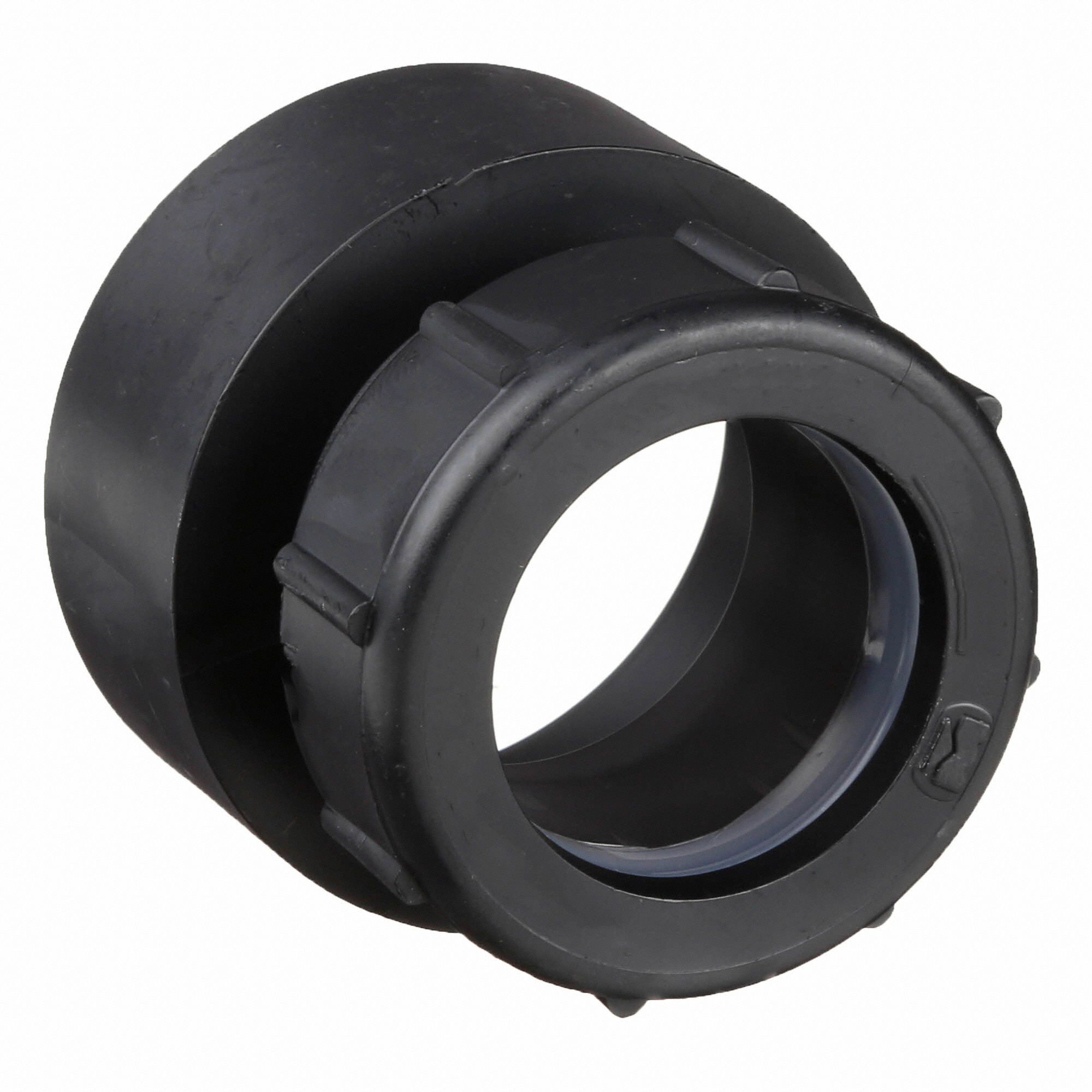

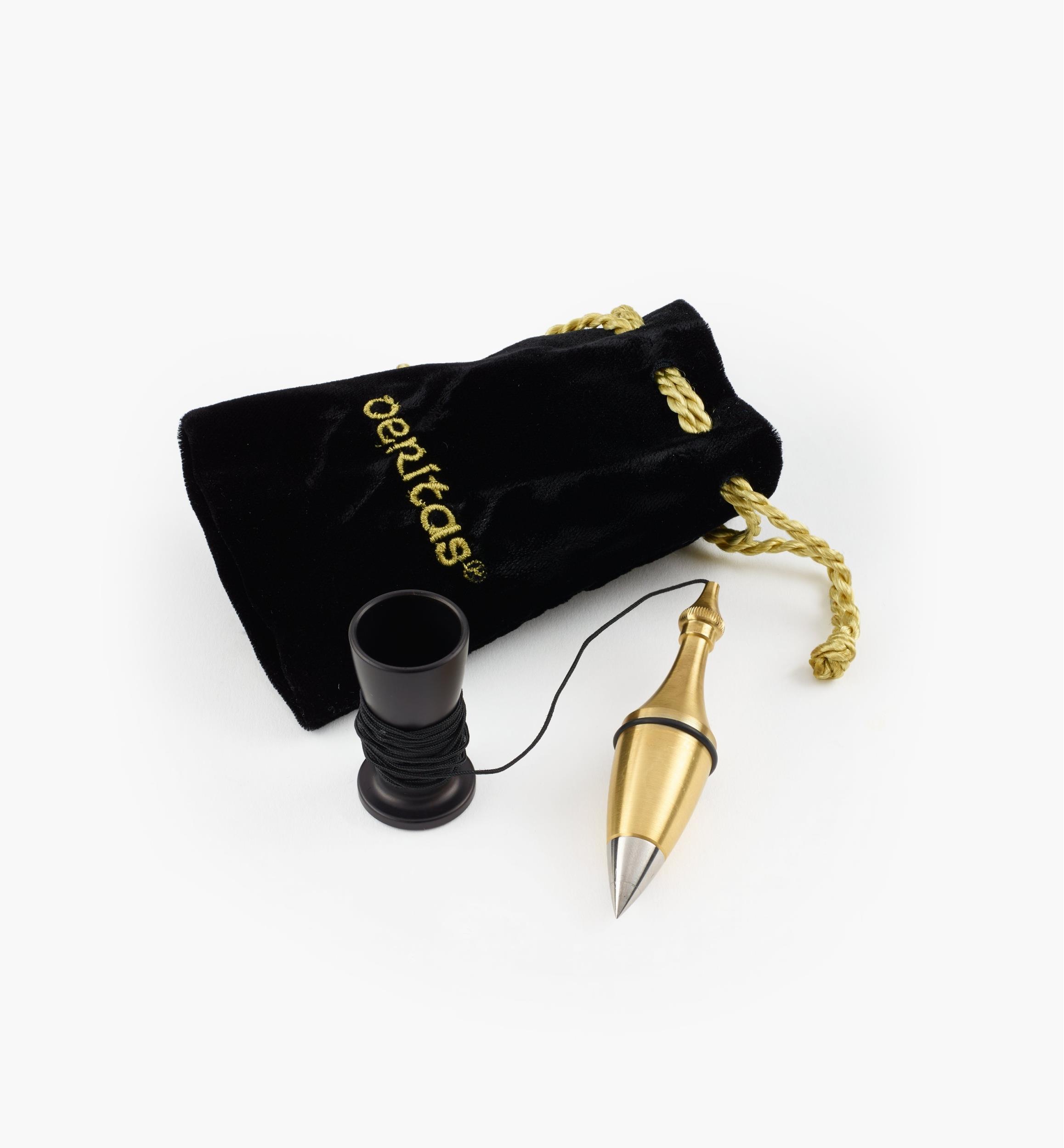
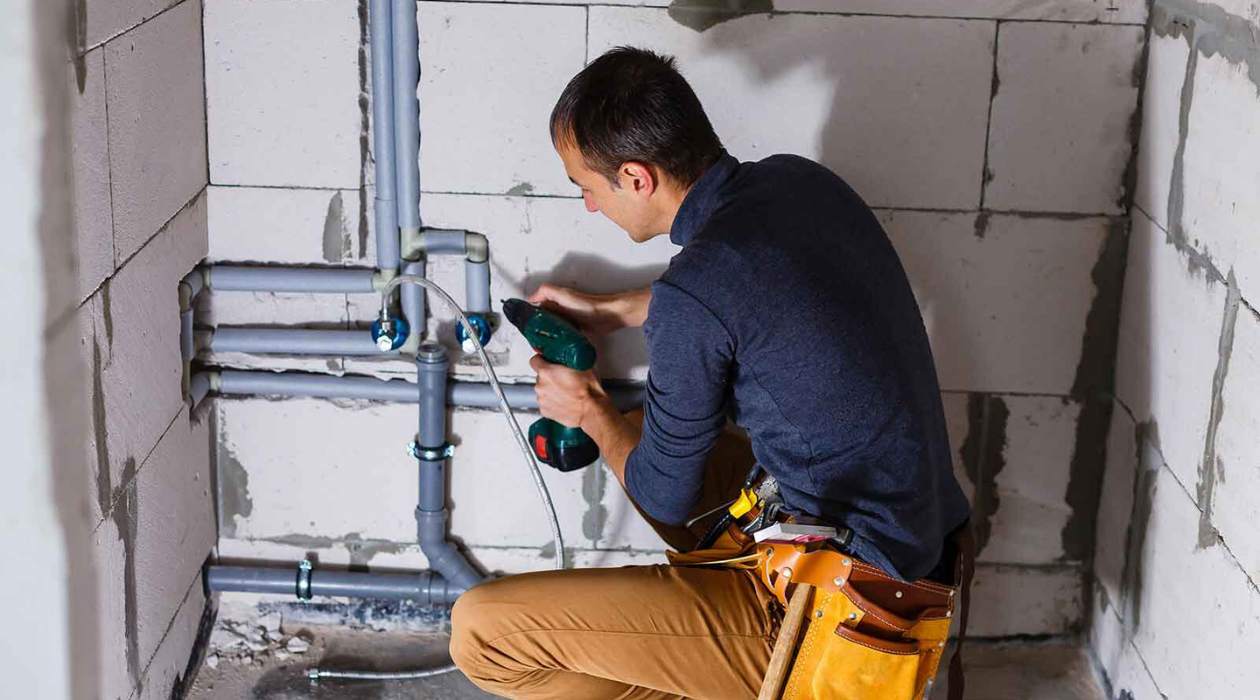
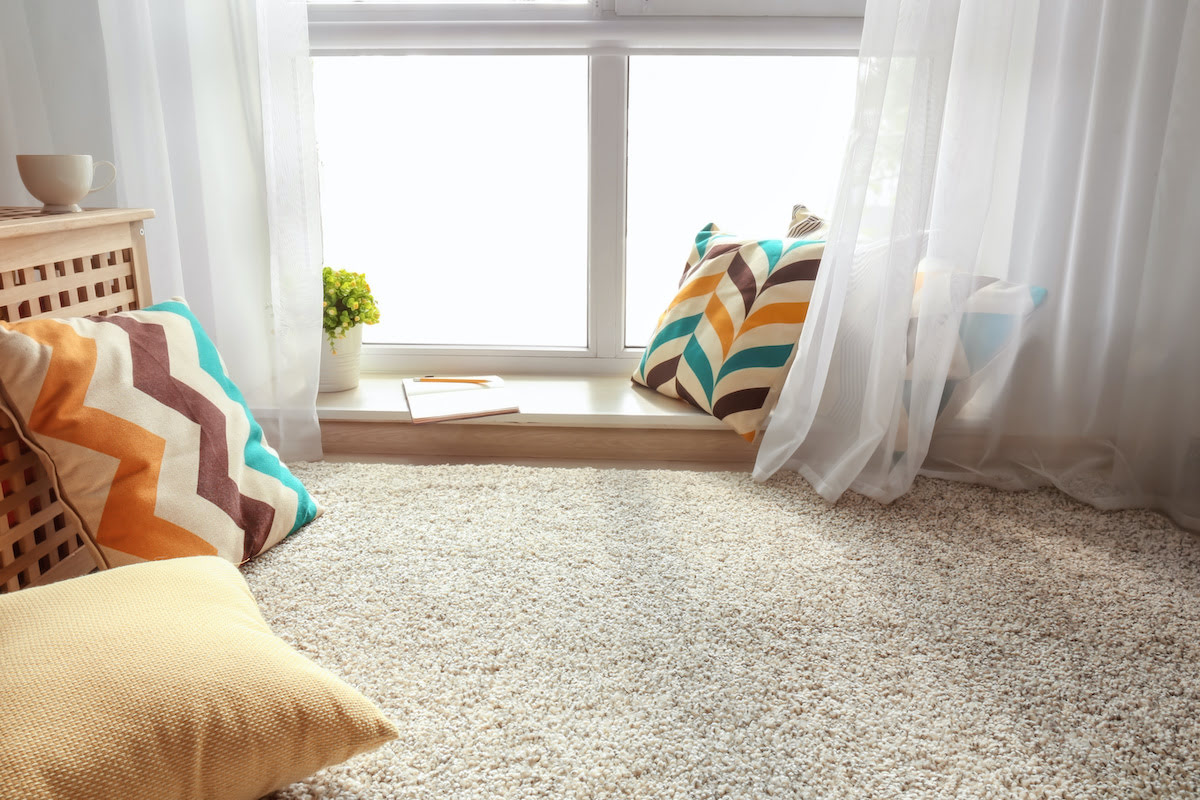
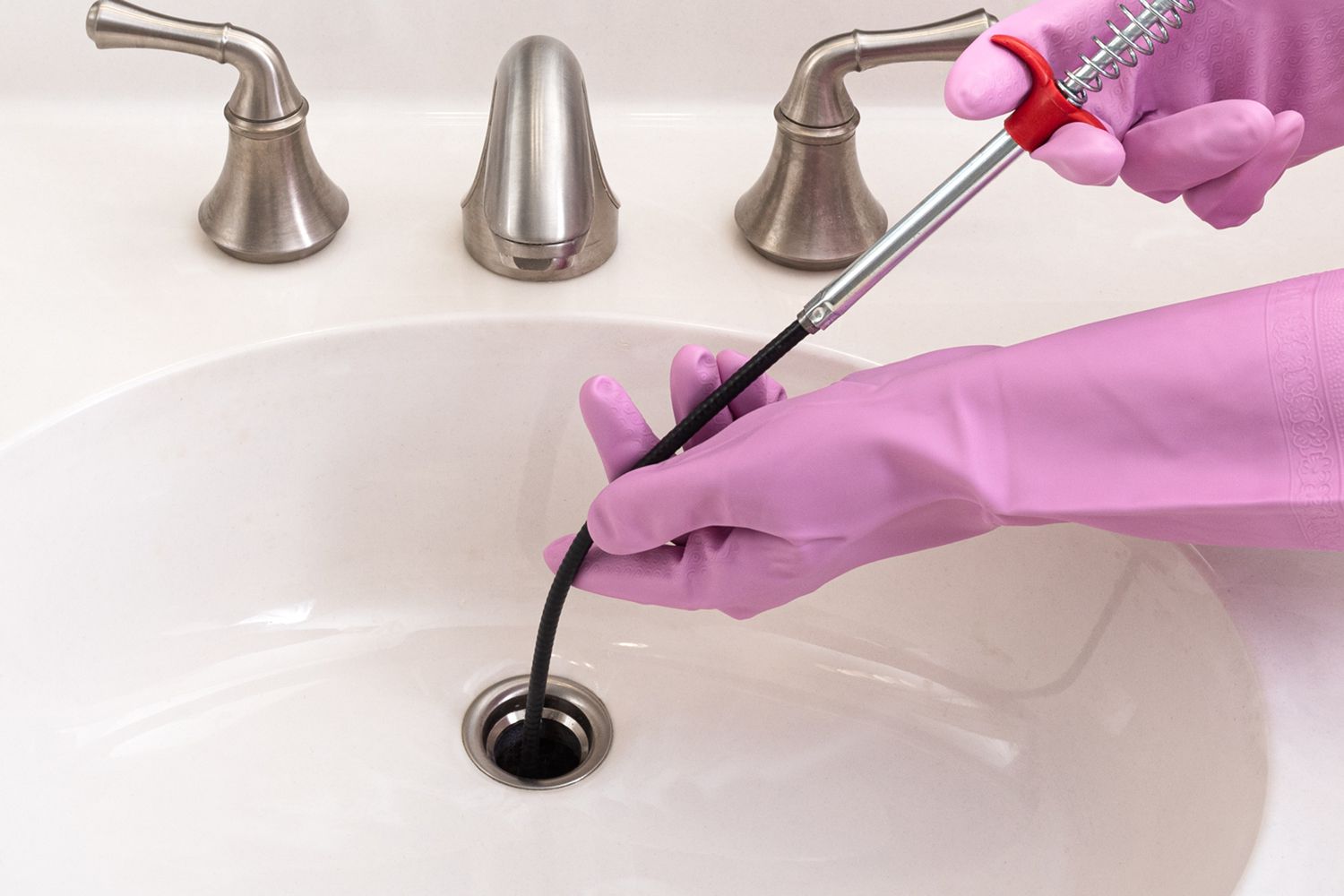

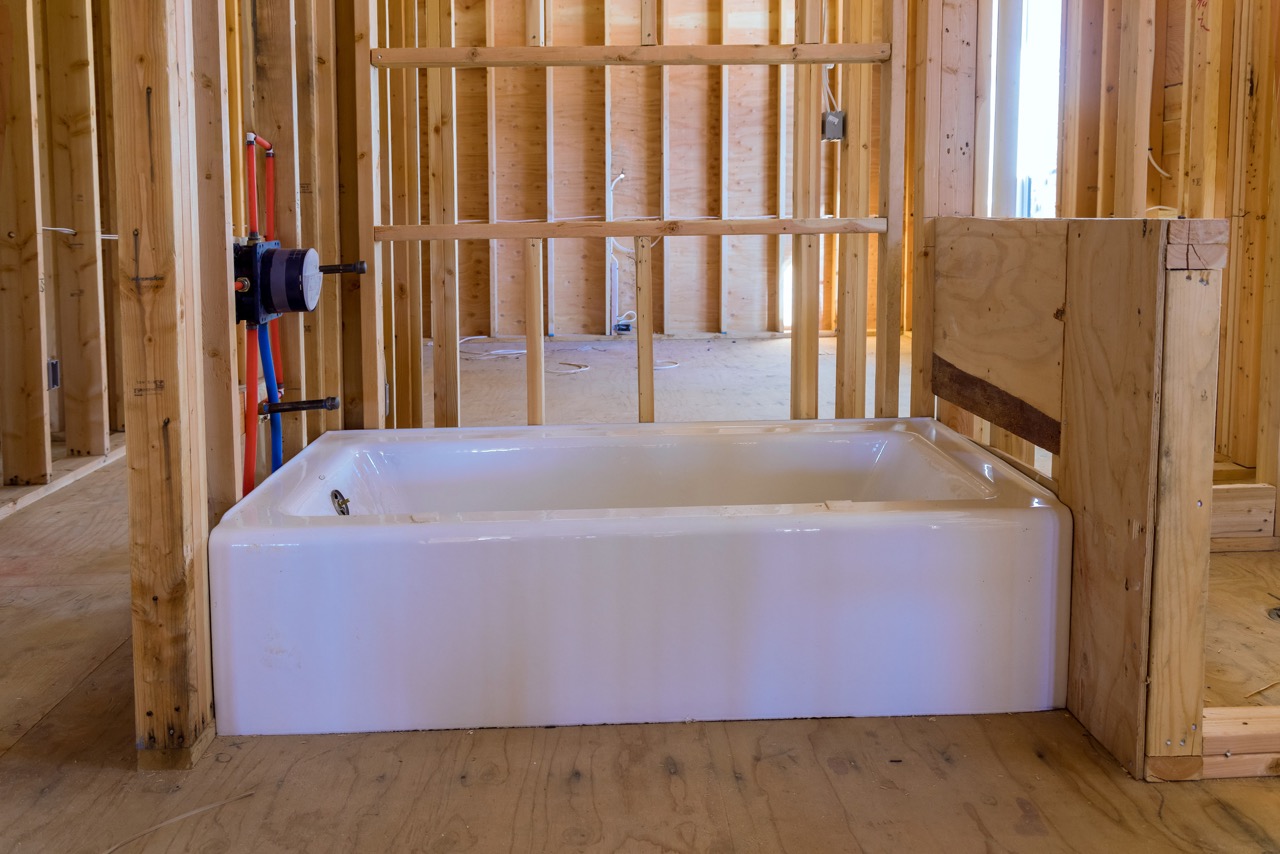
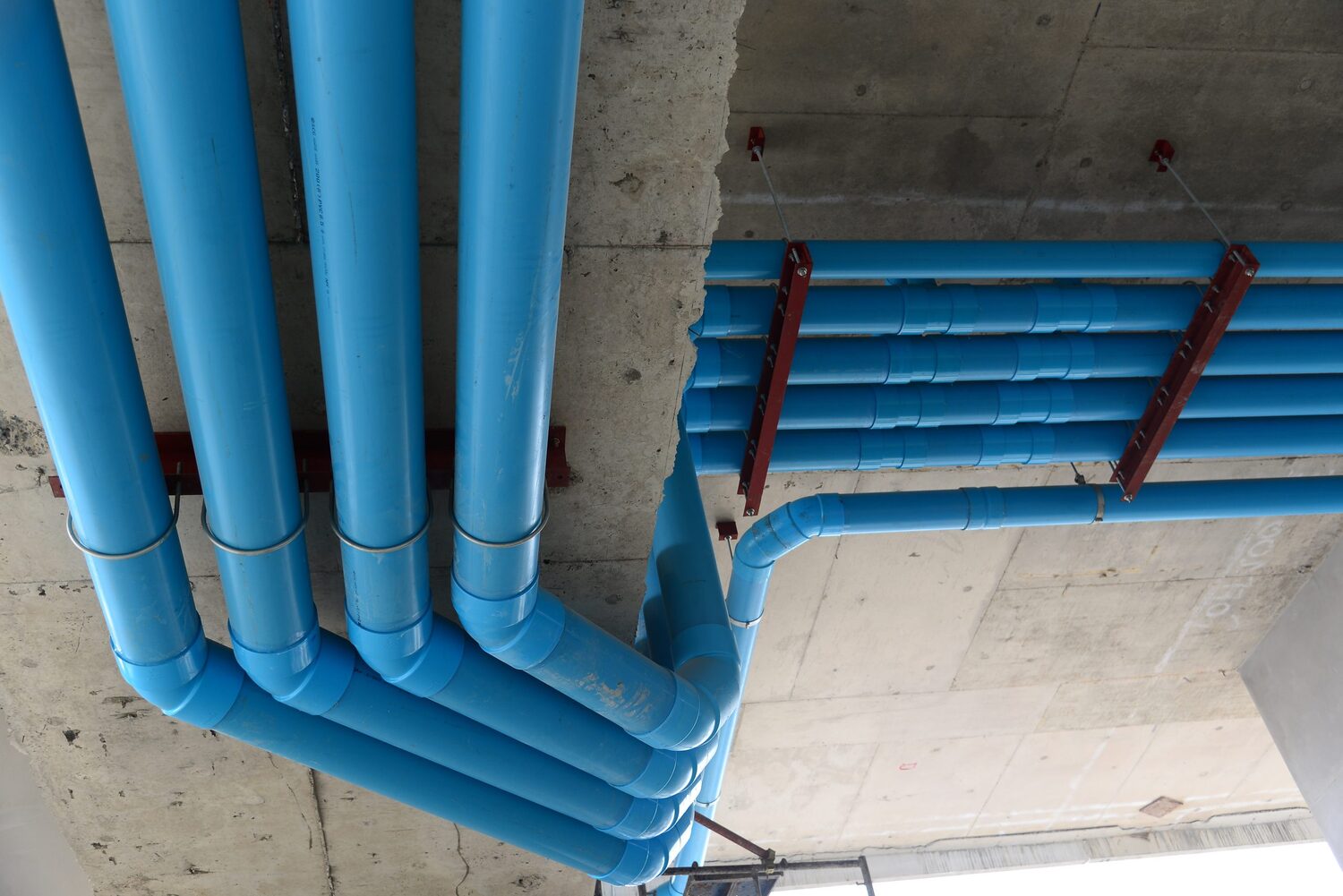
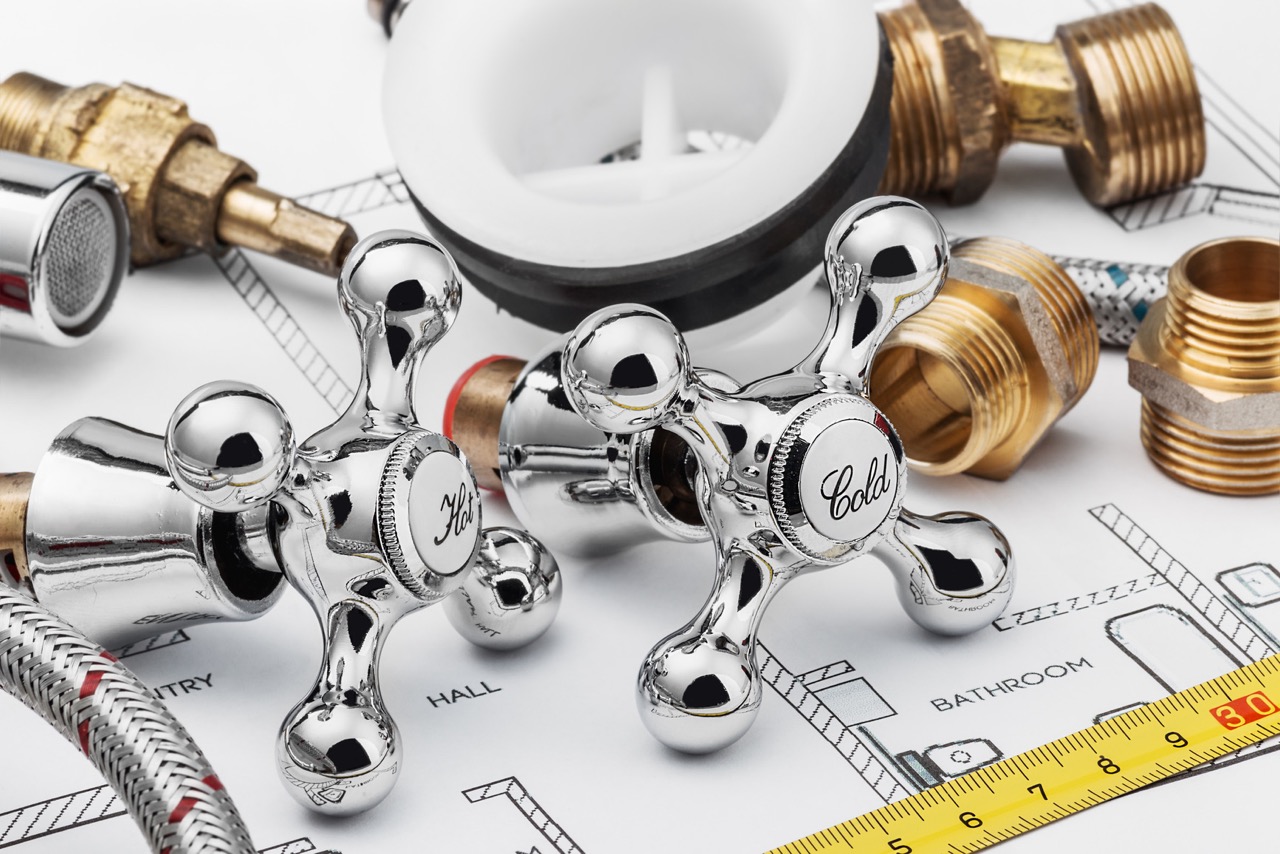
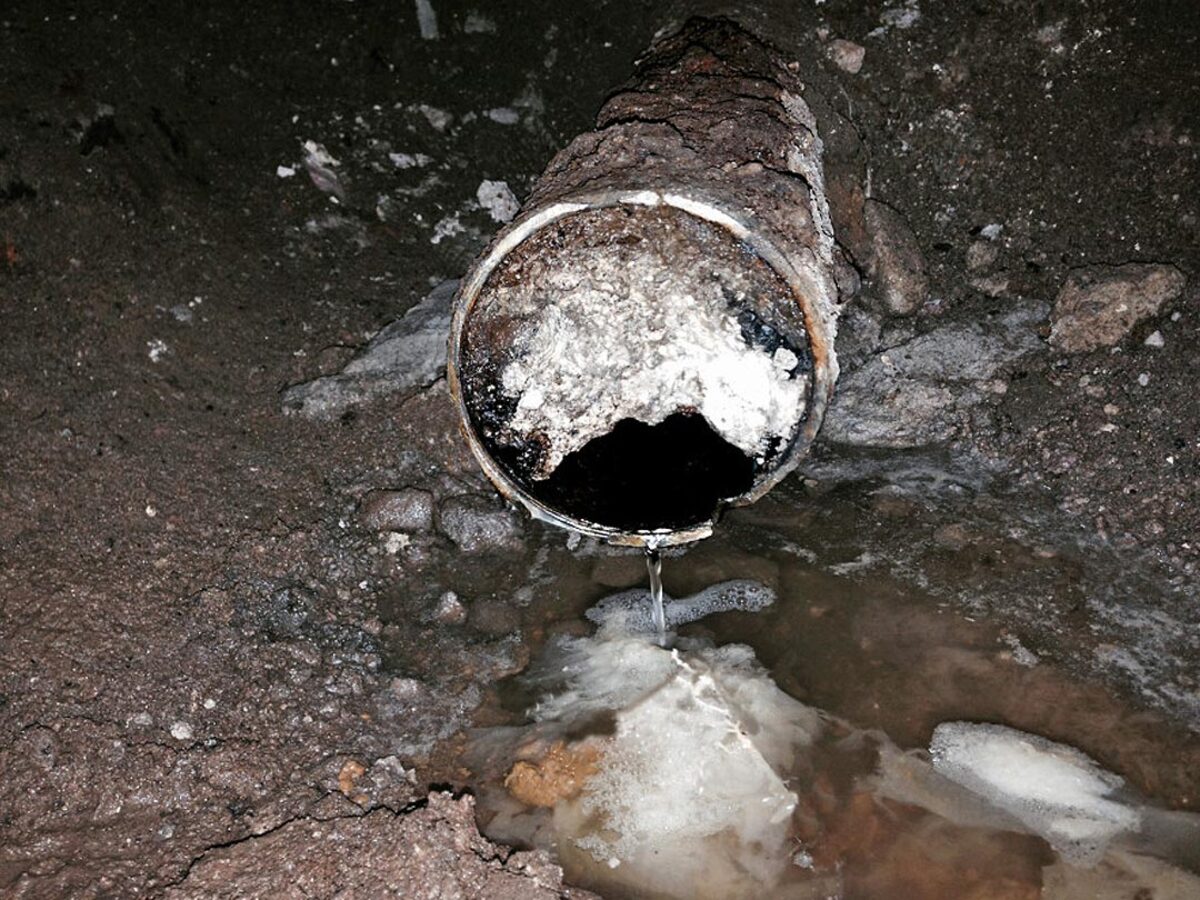
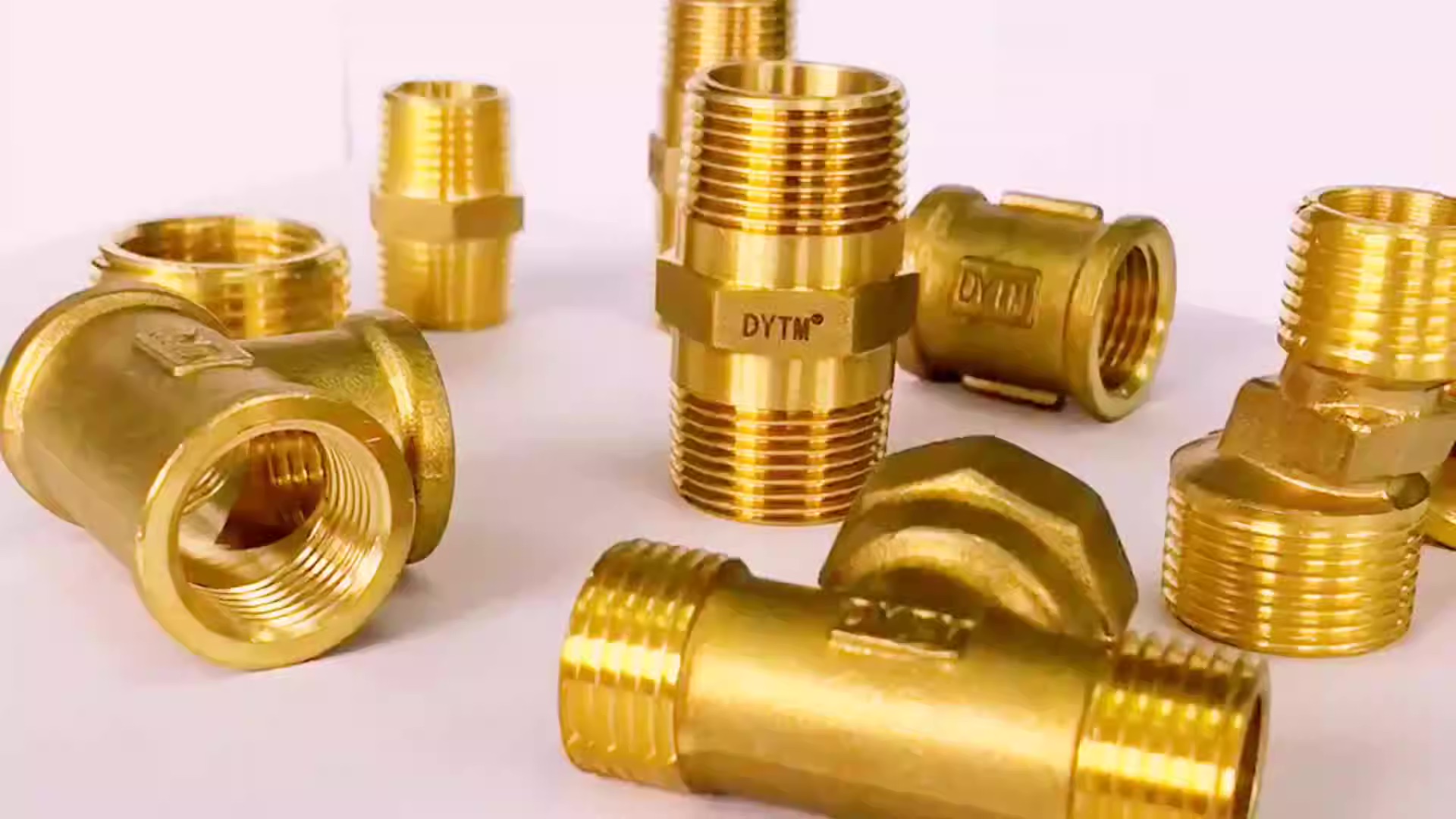
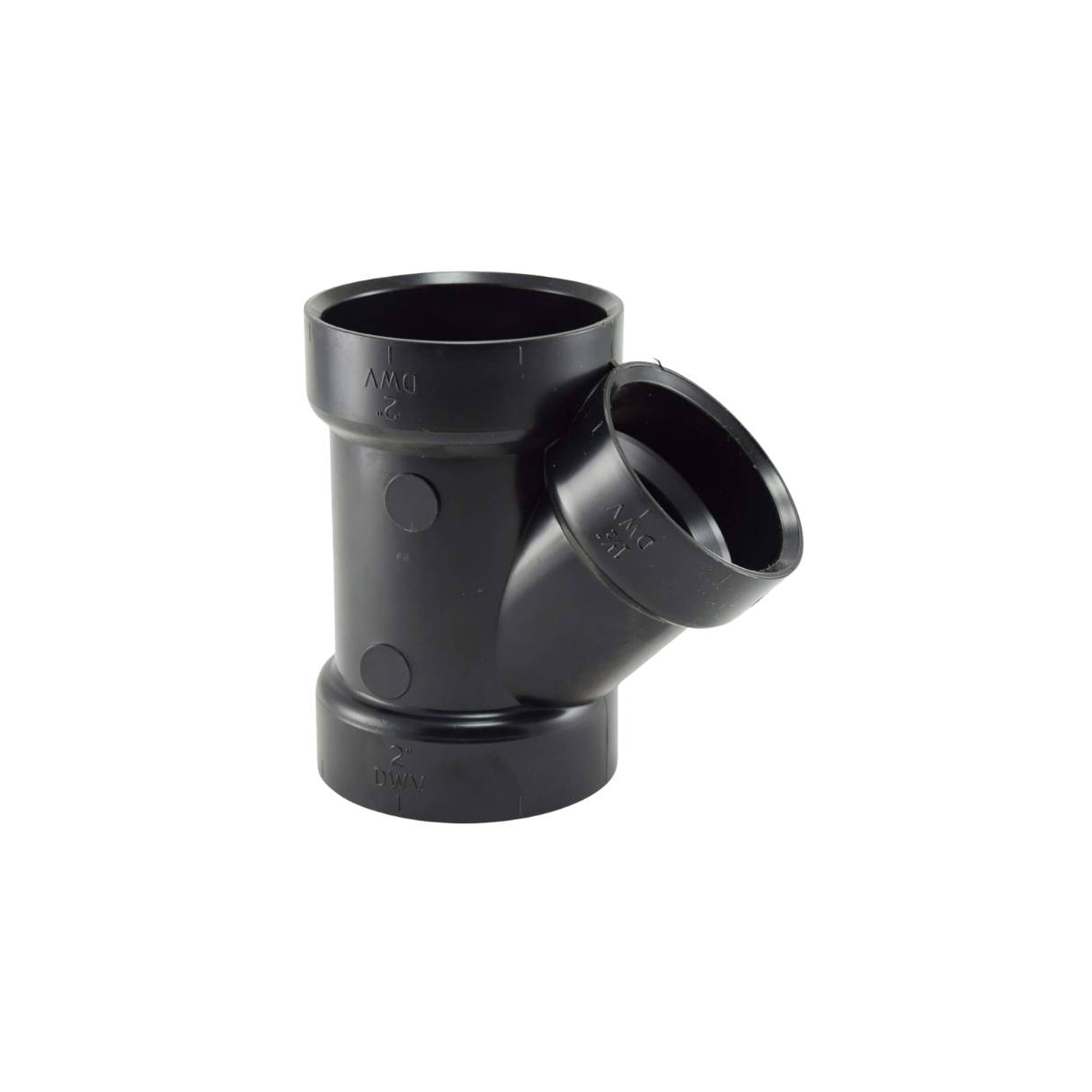
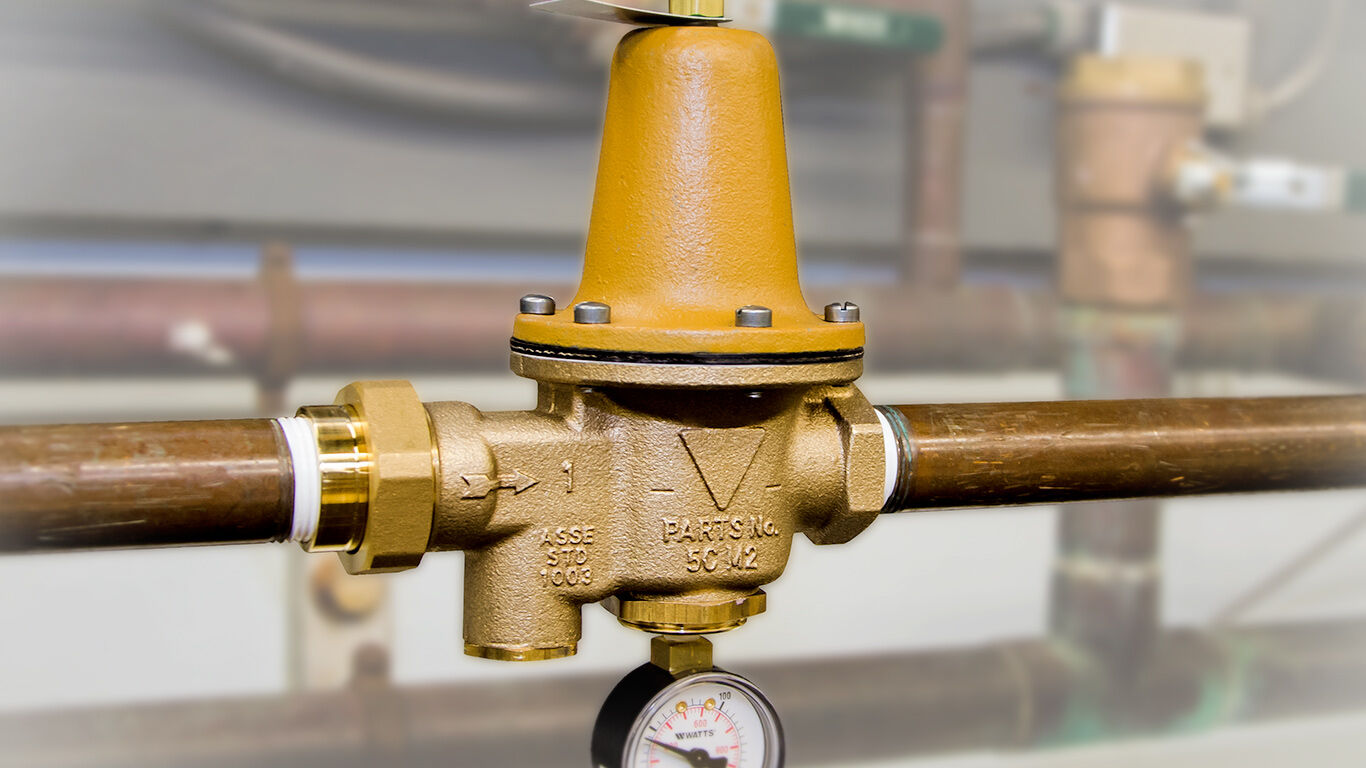

0 thoughts on “What Is P Trap In Plumbing”